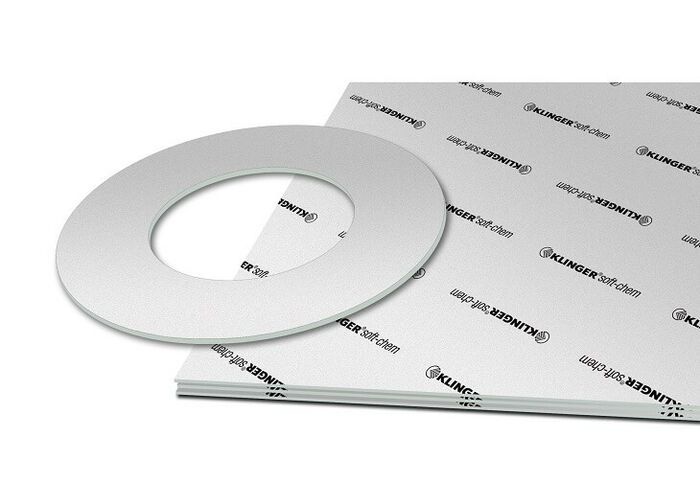Material Hub > Materialien
Materialien
-
Kategorie ThermoplasteDichte 0.96 g/cm³Einsatztemperatur -200 – 80 °C
-
Kategorie ThermoplasteDichte 0.96 g/cm³Einsatztemperatur -200 – 80 °C
-
Kategorie ThermoplasteDichte 0.95 g/cm³Einsatztemperatur -200 – 80 °C
-
Kategorie ThermoplasteDichte 0.94 g/cm³Einsatztemperatur -200 – 80 °C
-
Kategorie KunststoffeDichte 1.2 g/cm3Einsatztemperatur -40 – 115 °C
-
Kategorie KunststoffeDichte 1.14 g/cm3Einsatztemperatur -30 – 80 °C
-
Kategorie KunststoffeDichte 1.14 g/cm3Einsatztemperatur -30 – 80 °C
-
Kategorie KunststoffeDichte 1.14 g/cm3Einsatztemperatur -30 – 80 °C
-
Kategorie KunststoffeDichte 1.14 g/cm3Einsatztemperatur -30 – 80 °C
-
Kategorie KunststoffeDichte 1.14 g/cm3Einsatztemperatur -30 – 80 °C
-
Kategorie KunststoffeDichte 1.2 g/cm3Einsatztemperatur -40 – 115 °C
-
Kategorie KunststoffeDichte 1.2 g/cm3Einsatztemperatur -40 – 115 °C
-
Kategorie KunststoffeDichte –Einsatztemperatur –
-
Kategorie ThermoplasteDichte 0.9 g/cm³Einsatztemperatur –
-
Kategorie ThermoplasteDichte 1.31 g/cm³Einsatztemperatur -60 – 250 °C
-
Kategorie ThermoplasteDichte 1.31 g/cm³Einsatztemperatur < 260 °C
-
Kategorie ElastomereDichte 1.09 – 1.15 g/cm³Einsatztemperatur -55 – 150 °C
-
Kategorie ElastomereDichte 1.84 g/cm³Einsatztemperatur -15 – 200 °C
-
Kategorie ElastomereDichte 1.18 g/cm³Einsatztemperatur -57 – 150 °C
-
Kategorie ElastomereDichte 1.9 g/cm³Einsatztemperatur -25 – 200 °C






